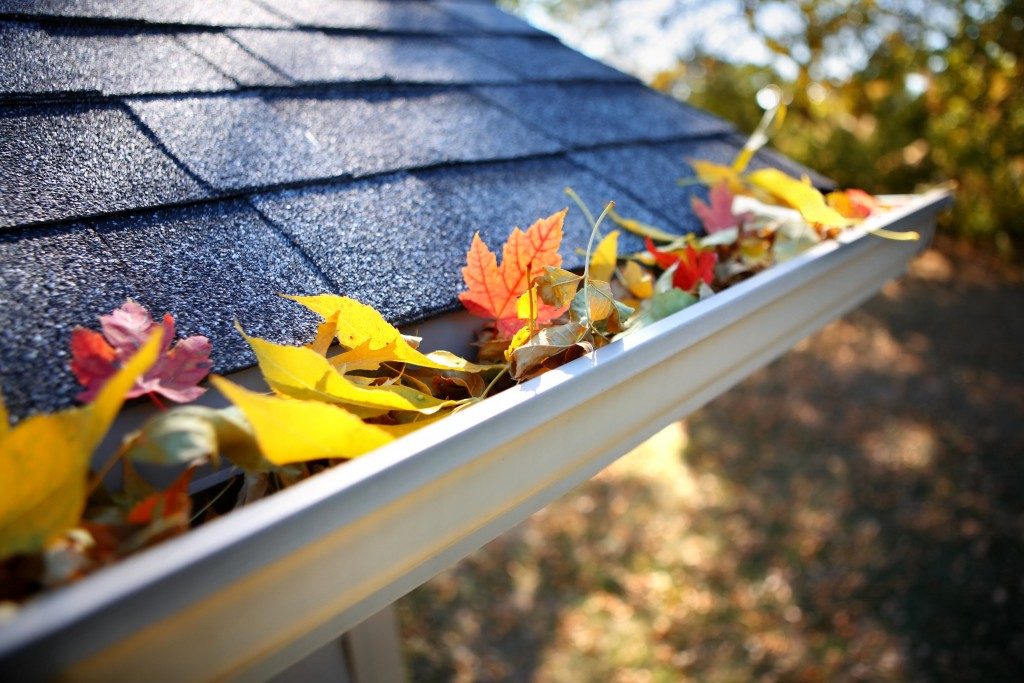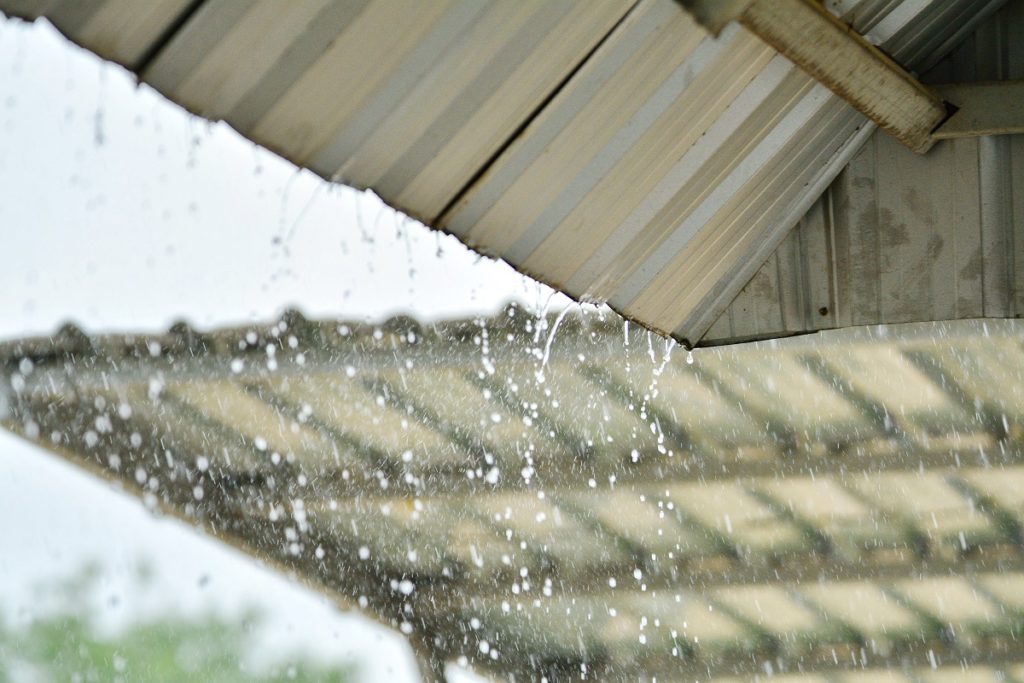When most people hear of water damage protection for their exteriors, they will immediately set out to get the best gutters on the market. They assume that this is all they need for the protection of their foundation and property’s exteriors from water damage. Even so, there are several points in your property that might contribute to varying extents of water damage. One of these is the point where your roof edges meet or are joined to another component in your property like skylights and windows.
Roof sheeting suppliers will have flashings in store for these points. The flashing, in this instance, protects the small spots that your roofing shingle cannot entirely cover. In so doing, it keeps your interiors and exteriors dry. The material alternatives for flashing include plastic, aluminium, rubber, galvanised steel, copper and roofing felt. Plastic flashing is the popular choice nowadays. This is because it is durable, waterproof and long-lasting. The following are the flashing options you currently have for your roofing.
Drip Edge Flashing
This is installed along your roofing eaves. At times, your gutters can overfill. The water that accumulates in them might, in this case, push under your roofing shingles. The overflow can also circle the edge shingles of your roof and drip down your property’s edge. To avert these eventualities, you should have a drip edge flashing in place. This prevents the accumulation of water on your fascia board and under the shingles that would ordinarily cause its rotting. It also averts mold growth and destruction of your drywall.

Valley Flashing
Valleys denote the parts where two roof sections will meet to make an angled dip. After a roof installer has installed an underlayment over your roof, he/she will put flashing in place to avert the infiltration of the water that accumulates at the valley. If you do not have flashing in place, your roofing shingles will erode at the valley, and leaks will occur in this section. The flashings are available in W and V shapes to match your roof’s design.
Vent Pipe Flashing
This fits over the round pipes that project from your roof. Vent pipe flashing is cylindrical and has a flared bottom that sits snugly against your roof. When left unprotected, the section where your vent pipe joins the roof is prone to leaks and will contribute significantly to water damage.
Step Flashing
This is installed around chimneys. The step flashing, in this case, will prevent the infiltration of water through the space between your roof and chimney. At times, step flashing is also used around skylights. With this alternative, the flashing has pieces that slightly overlap and slip under your roofing shingles as they rise. The flashing’s upper sides are laid flush with the chimney’s sides while the bottom sits snug under your roofing shingles.
There are several designs of roof nowadays. As such, you might use multiple types of roof flashing from the above for your roof. To guarantee it will deliver all the benefits of your roof flashing, get them professionally installed, and source them from a knowledgeable supplier.


